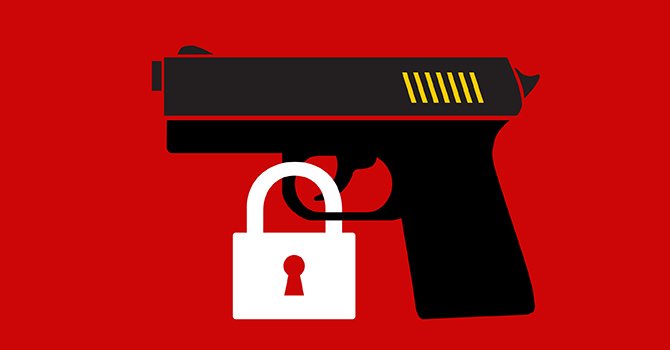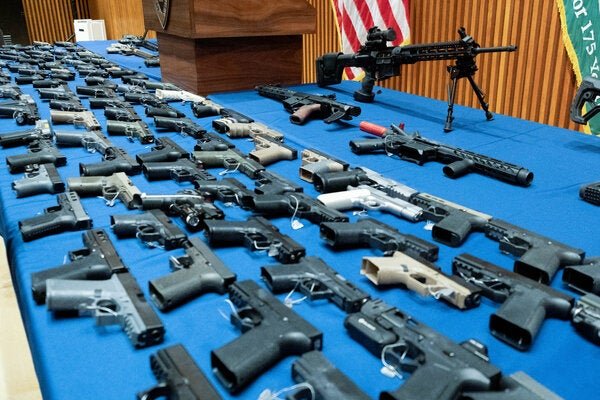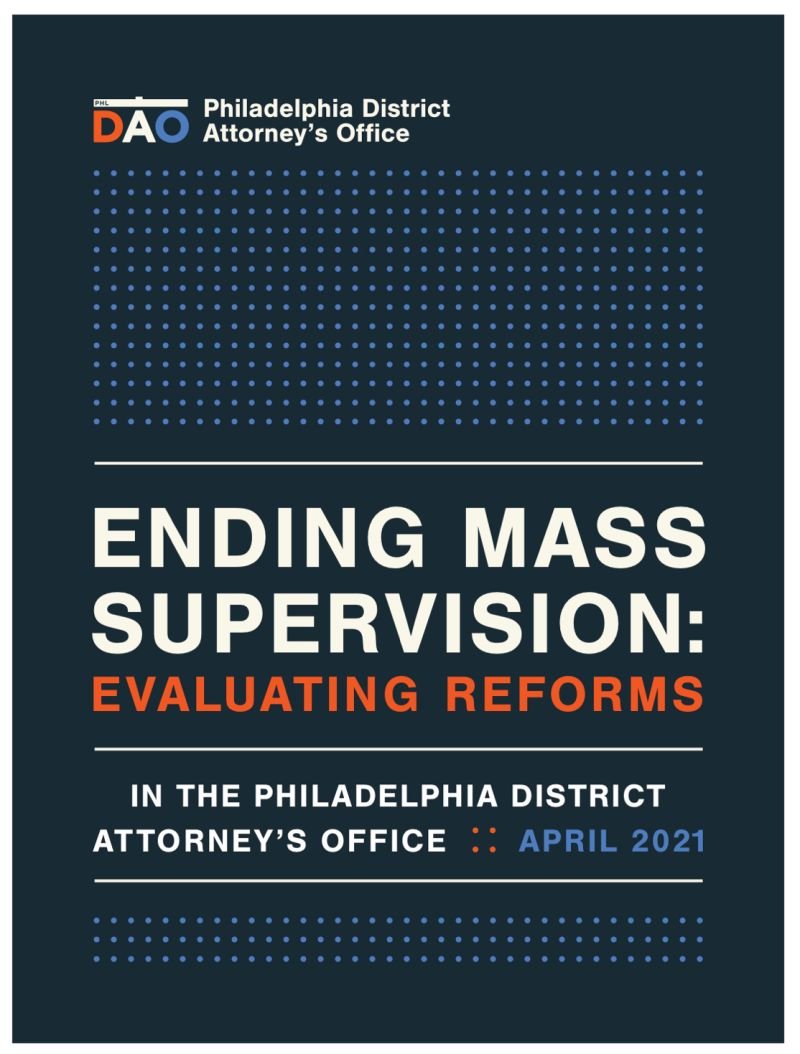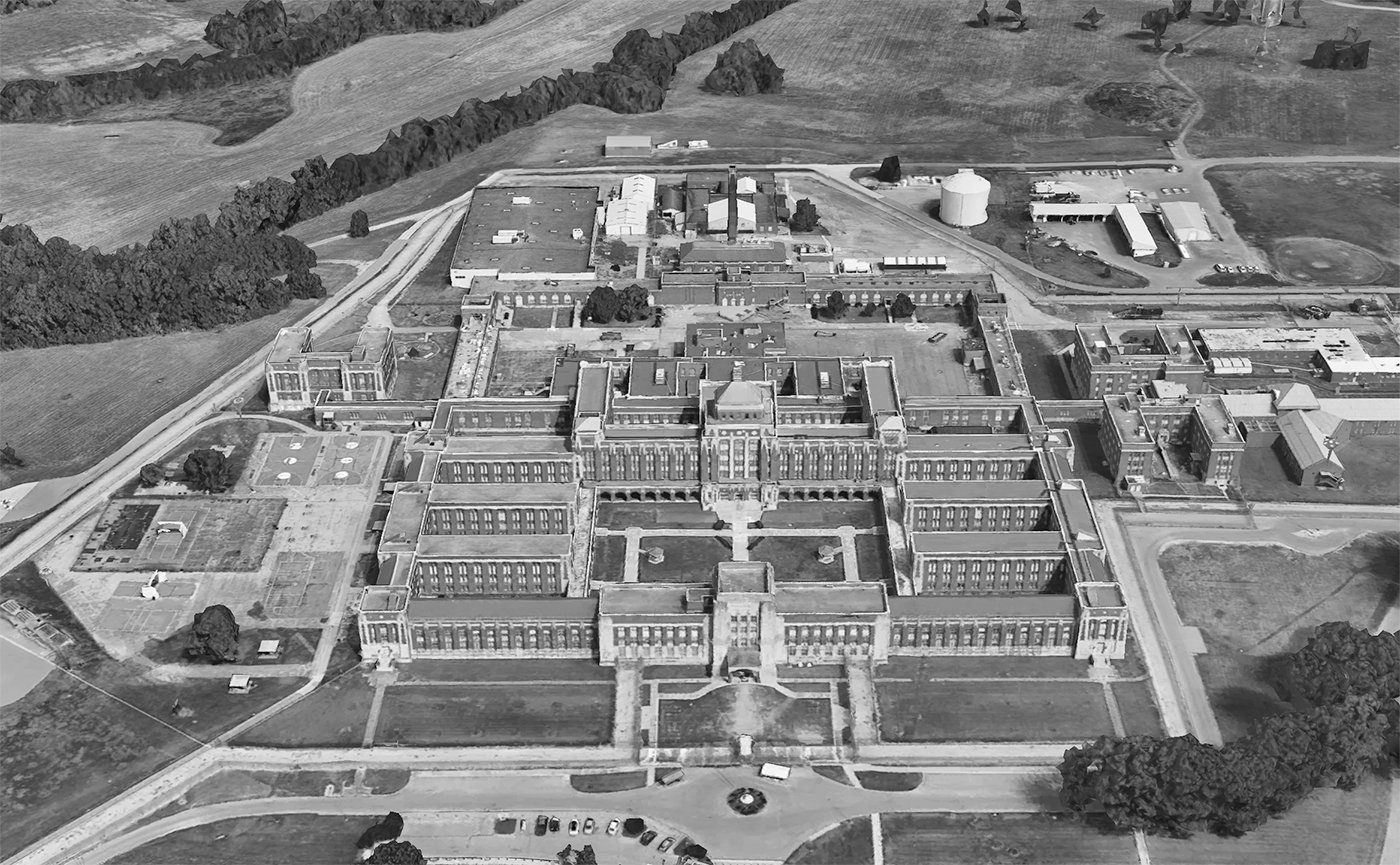By Adam I. Biener
Introduction The Association of Prosecuting Attorneys (APA), a non-profit organization composed of US prosecutors, conducted a survey to understand the prevalence of and factors associated with case backlogs. Backlogs occur when a large number of cases are pending before the court for a longer period than typically experienced and/or a period longer than prescribed by the court. In a survey of 50 of the largest prosecutors’ offices conducted by APA in 2020, 14 responding offices reported just under 9,000 cases awaiting trial on average. 1 Following court disruptions due to COVID-19, there was an average increase of 5,565 cases per office, a 62% increase. Case backlogs can occur when the caseload per individual prosecuting attorney rises holding all other productive capability constant. In practice, the level of staffing (measured by caseload per attorney) is extremely varied.2 Further, models of prosecution vary across offices3 and different models can require a different mix of attorney specialties.4 Despite this complexity, office staffing is very idiosyncratic and not often tied to per attorney caseloads1, which can result in significant and potentially burdensome individual caseloads.3 Excessive caseloads for individual attorneys can result in longer case processing time, a greater risk for decision-making errors, increased plea bargains and dismissals, career burnout, and employee turnover. 6 Funding shocks have likely exacerbated the size of individual attorney caseloads over the past 20 years. The great recession following the financial crisis in 2008 reduced state budgets, employment, and payroll, shrinking the resources available to meet staffing and resource requests from prosecutors’ offices,5 leading to rising prosecutor workloads and stagnating or shrinking budgets.6 The expectations of prosecutors and their obligations when working cases have evolved significantly since 2007 due to changing legal requirements and new technologies. Victims’ rights laws, which require additional engagement with victims, increase the amount of time spent on person-involved cases (e.g. CA Prop 9 in 20087 ). There are presently Open Discovery laws in 46 states, up from roughly a third of states in 2004, 8 that increase the requirements for timely evidence collection. Body-worn cameras have become more commonplace for law enforcement, as nearly 50% of 15,238 general-purpose law enforcement agencies had body-worn cameras in 2016.9 Video evidence generated by body-worn cameras are more labor-intensive to review, extending the amount of labor hours required to prepare a case. Additionally, the demand for specialized attorneys to review cases as part of conviction review/integrity units, 10 while improving the equitable administration of justice, can potentially strain limited staffing resources. All of these staffing and resource constraints were tested during the COVID-19 pandemic, which put unusual demands on offices to continue their essential functions despite health concerns and court closures. While many offices were able to adopt new technologies to maintain their functioning, these pivots did not alleviate the rising caseloads and work burdens on individual prosecutors
Washington, DC: The Association of Prosecuting Attorneys (APA) , 2024. 19p.





















